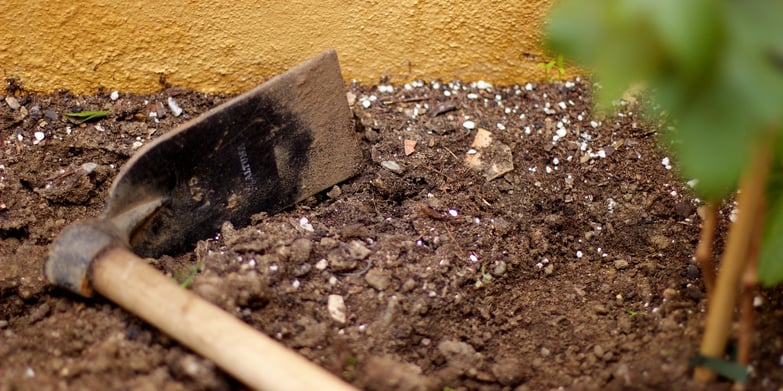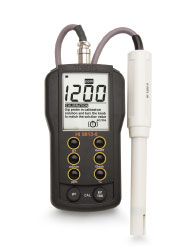
The characteristics of soil pH and Nutrient pH play an important role in the health of a plant. For commercial gardeners and hobbyists alike, the measurement of soil pH can help one better understand the availability of nutrients, permeability of the soil, and the types of plants that can be grown.
Soil pH depends on many environmental factors. Alkaline soils are characterized by the accumulation of soluble salts and carbonates, and are often found in areas that are rich in limestone. Acidic soils are characterized by the presence of free hydrogen and aluminum ions, and may be caused by acid rain, fertilizer application, or decomposing organic matter.
Most natural soils have a pH ranging from pH 4.0-8.0, depending on the geology of the area. One of the key factors in plant growth is the availability of macronutrients and micronutrients. The availability of both macro and micronutrients is directly related to pH. The pH soil and nutrient solutions will determine the solubility of the nutrients.
Soils that have a pH of 4.0 to 5.0 are considered to be strongly acidic; within this acidic range, the solubility of minerals such as aluminum, iron, and manganese increases and can become toxic to plants.
Soils that have a pH greater than pH 8.0 or 9.0 are considered to be strongly alkaline; at this pH range, the nutrients that plants need to grow are not soluble and available for uptake. While the optimum pH value for nutrient uptake is dependent on the species of plant being grown, the majority of plants thrive in a soil that is slightly acidic.
It is also important to note that there are optimum pH values for beneficial soil bacteria, such as bacteria that convert atmospheric nitrogen (N₂) into plant available soil nitrogen (NH₄+). These nitrogen-fixing bacteria live on the root hairs of legumes and thrive at an optimum pH range between pH 6.0 and 8.0.
Soil pH Testing Options
A nursery contacted Hanna Instruments looking for a portable pH and total dissolved solids (TDS) meter.
The customer wanted to monitor the nutrient solution that was distributed to their plants through a drip irrigation system and periodically check soil pH and TDS values by making a soil slurry. The customer preferred a simple meter that was capable of measuring pH and TDS with a single probe.
The Portable pH/EC/TDS/Temperature Meter with CAL Check™ - HI9813-6 was recommended due to the simple, single-point calibration. The customer appreciated the meters easy-to-use manual calibration feature for both pH and EC/TDS calibration.

The HI9813-6 meter also offers the CAL Check™ feature that alerts the user to a problem with a pH electrode. This feature is important for customers that calibrate only to pH 7.0; if there is a fracture on the pH glass of the electrode, the pH meter will always display pH 7.0 regardless of the solution being measured. This can be disastrous for the person that calibrates at pH 7.0 and takes readings of samples with an expected pH of 7.0. The user will never be aware that there is a problem with the electrode. This can result in inaccurate pH measurements, which for a greenhouse can affect the growth of the plants.
Placing the pH/EC/TDS Probe - HI1285-6 in the HI50021P Calibration Check Solution helps users determine if the probe needs to be calibrated, cleaned or replaced.
When the probe is placed in solution the user presses the Check key. The meter runs CAL Check™ diagnostics and will display either "Probe is OK" or "Clean Probe and Calibrate." If the reading is around pH 4.0 when the probe is placed in the solution then the probe is broken and needs to be replaced. The customer found the CAL Check™ solution an easy way to know when to calibrate the electrode and the confidence to know that the pH probe was working properly.
The customer also liked the optional HI710008 Shockproof Rubber Boot which added durability to the meter and with the bright orange color, made it easy to find. Overall, the customer appreciated the simple solution the HI9813-6 provided for their pH and TDS measurement needs.
That's why we've dedicated our blog as a helpful resource for you to use! Catch up on the latest products, explore industry trends, discover testing tips, learn how to improve results, and more. Got questions? Email sales@hannainst.com.


